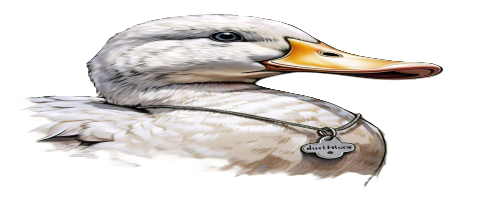Exploring the fundamentals of PRINCE2, a structured project management methodology trusted worldwide.
In today's fast-paced business world, managing projects effectively is crucial for success. But how do organisations ensure they meet deadlines, stay within budget, and deliver results that align with their goals? Enter PRINCE2®—a globally recognized project management methodology that provides a structured approach to managing projects of any size and complexity.
Whether you're a seasoned project manager or just stepping into the field, understanding PRINCE2 can transform how you approach your work. In this post, we'll explore the basics of PRINCE2, its key principles, and how it can help you achieve project success.
What is PRINCE2?
A deep dive into PRINCE2, the globally trusted framework for structured project management.
PRINCE2 (Projects IN Controlled Environments) is a process-based methodology for project management. Developed by the UK government in 1989, it has since become one of the most widely used frameworks across industries and countries.
Key Features:
- Structured Approach: Divides projects into manageable stages.
- Scalability: Adaptable to projects of any size or industry.
- Defined Roles and Responsibilities: Ensures clarity in who does what.
- Focus on Deliverables: Centers around achieving tangible outputs.
The Seven Principles of PRINCE2
Discover the guiding principles that ensure every project is justified, adaptable, and successful.
At the heart of PRINCE2 are seven guiding principles that provide a foundation for successful project management:
- Continued Business Justification: Every project must have a valid reason to exist.
- Learn from Experience: Past lessons are applied to current and future projects.
- Defined Roles and Responsibilities: Clear accountability for all team members.
- Manage by Stages: Projects are planned and executed in stages.
- Manage by Exception: Tolerance levels are set for time, cost, and scope.
- Focus on Products: Emphasizes delivering quality outputs.
- Tailor to the Project Environment: Adapt the methodology to fit the project's needs.
The PRINCE2 Process Model
Understand the seven processes that provide a roadmap to efficient project execution.
PRINCE2 is broken into seven key processes, each with specific activities and outcomes:
- Starting Up a Project: Establishes whether the project is viable and worthwhile.
- Initiating a Project: Develops a detailed project plan and strategy.
- Directing a Project: Provides oversight and decision-making at key points.
- Controlling a Stage: Ensures the project stays on track during execution.
- Managing Product Delivery: Focuses on delivering quality outputs.
- Managing a Stage Boundary: Reviews progress before moving to the next stage.
- Closing a Project: Wraps up the project with a review of achievements and lessons learned.
Why Choose PRINCE2?
Learn why PRINCE2 is the methodology of choice for organizations aiming for project excellence.
Organizations and professionals worldwide prefer PRINCE2 because of its:
- Improved resource management.
- Enhanced risk management strategies.
- Greater alignment with business objectives.
PRINCE2 is more than just a methodology—it's a way to bring clarity, efficiency, and success to your projects. By understanding and applying its principles, you can drive projects that not only meet their objectives but also deliver real value.



